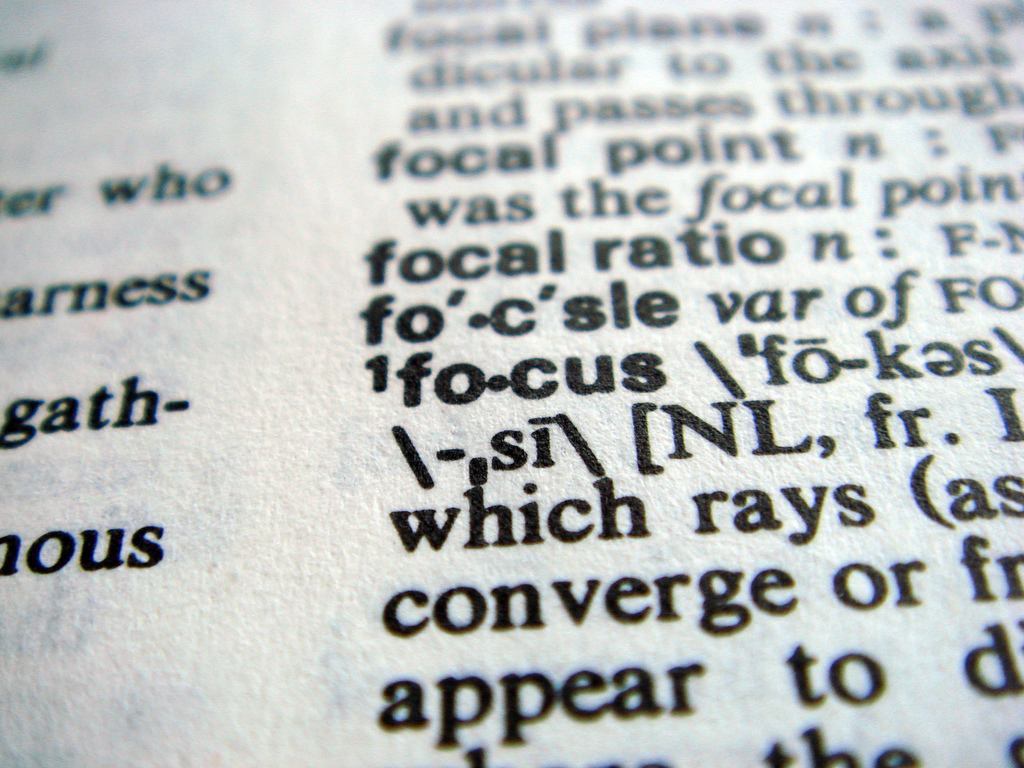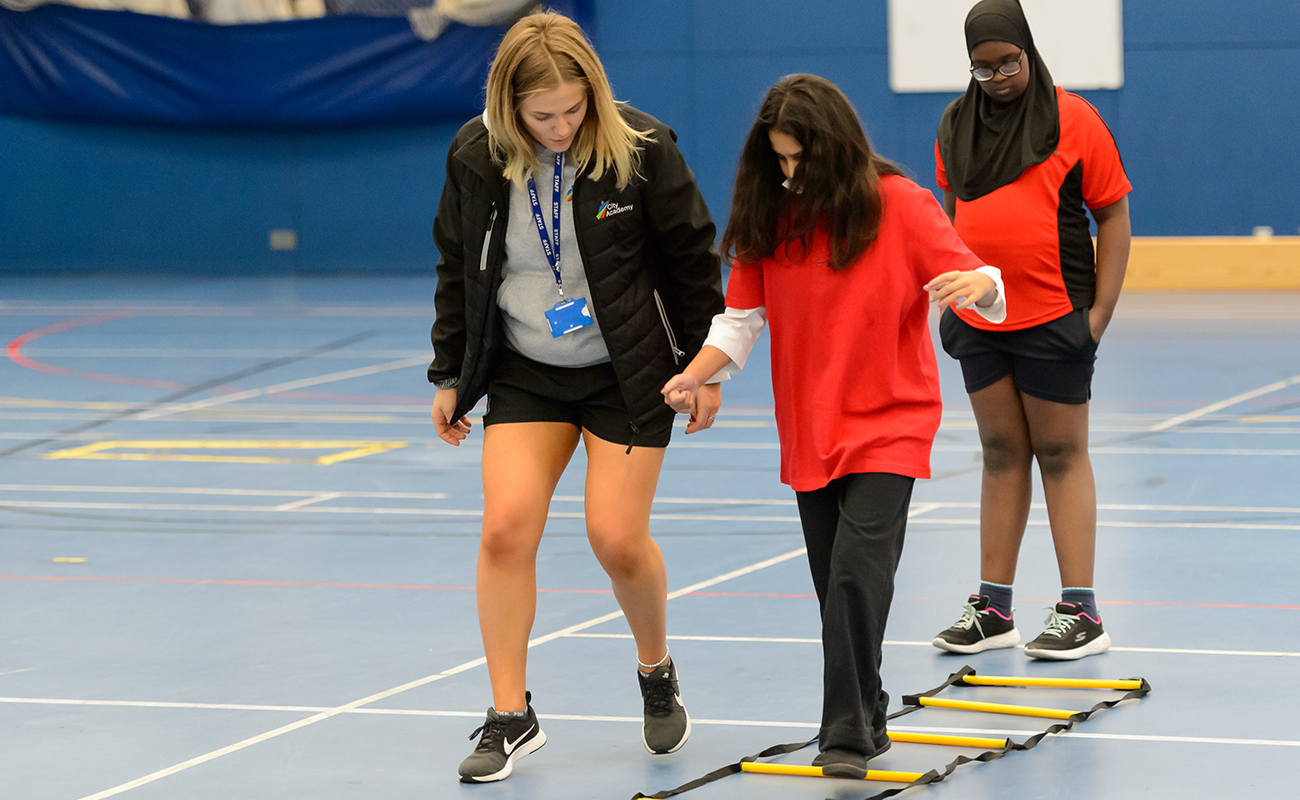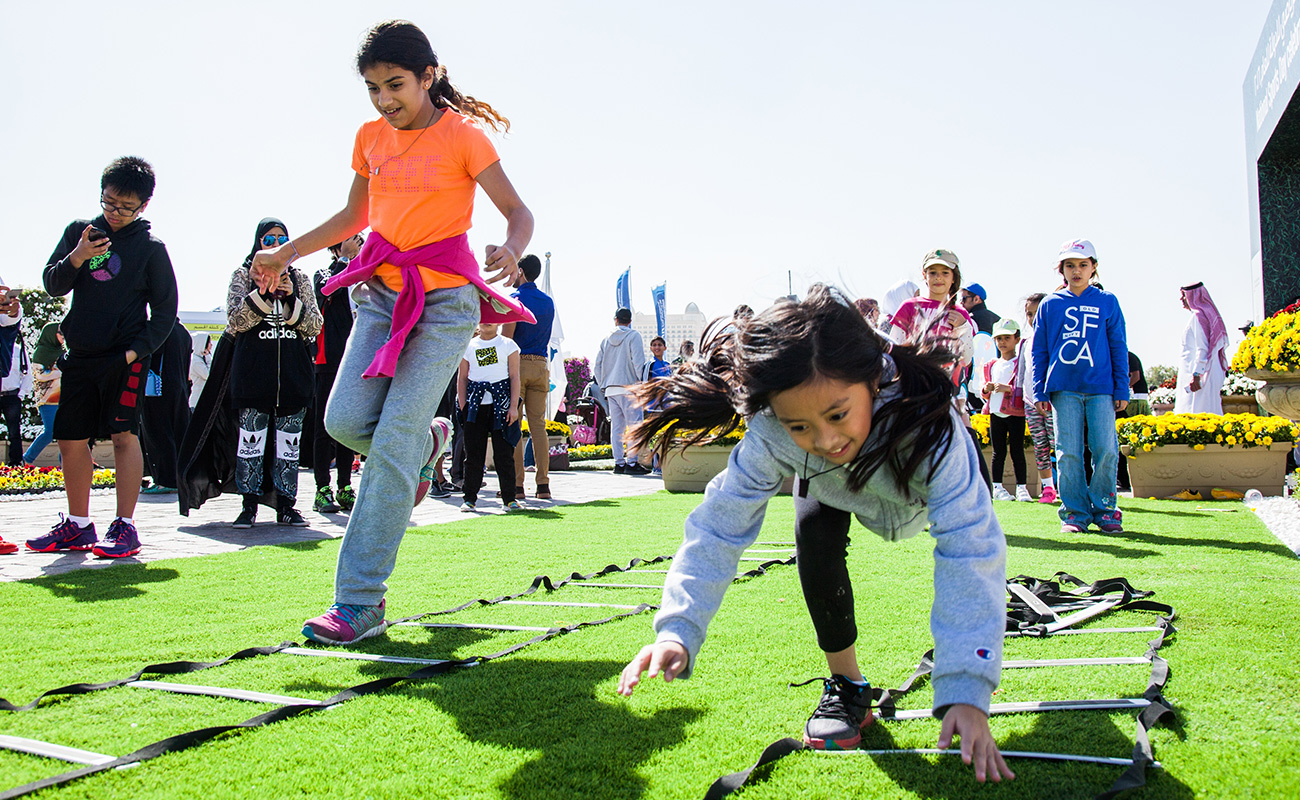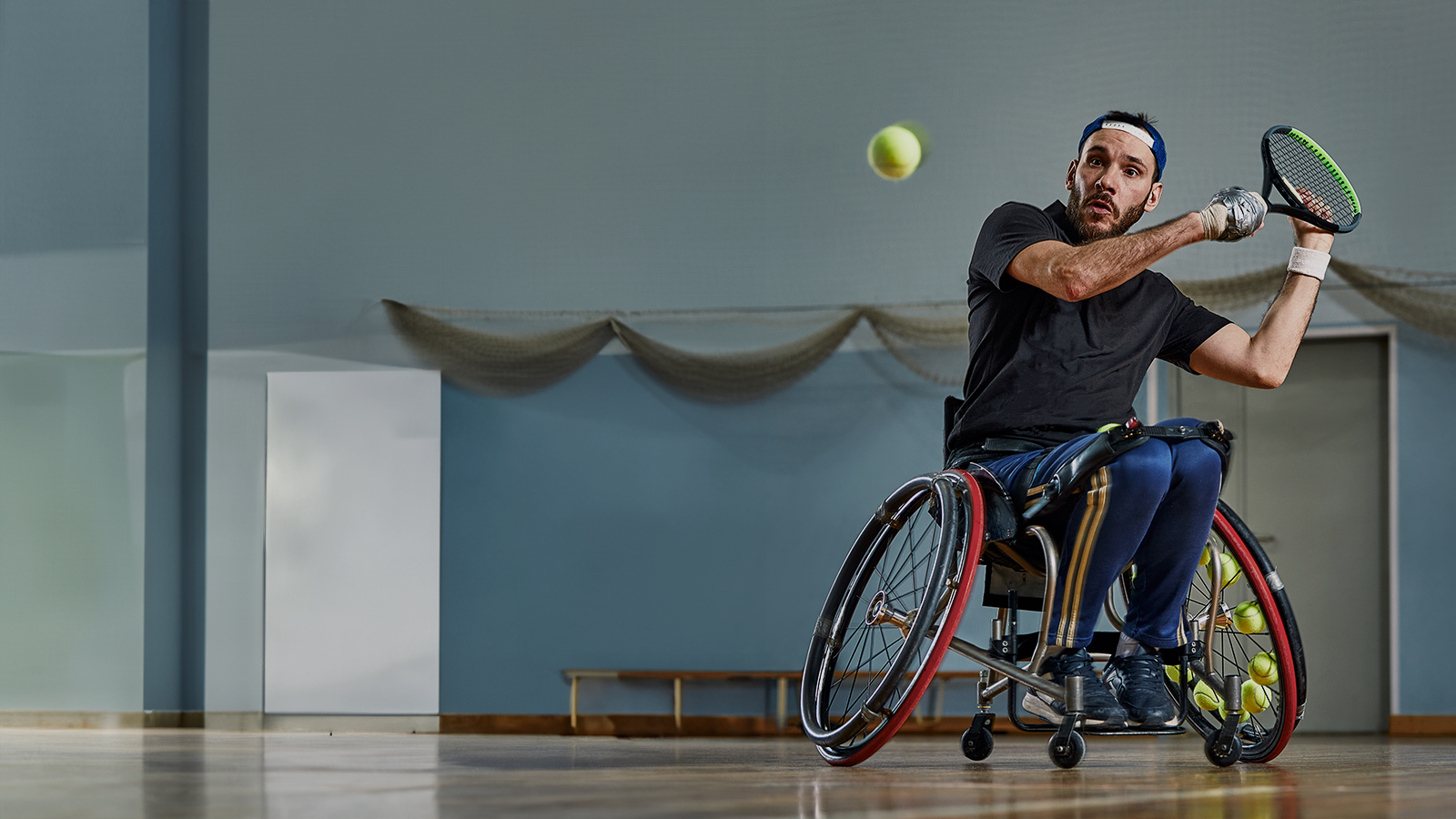Defining Physical Literacy

At the IPLA meeting in April, questions about the definition of Physical Literacy were raised and it was felt that this issue needed to be revisited at some stage. I feel that the current definition,
“Physical literacy can be described as the motivation, confidence, physical competence, knowledge and understanding to value and take responsibility for engagement in physical activities for life,”
does not serve the IPLA well because it lacks clarity and it has a number of omissions. For example, Physical literacy “across the lifespan” (all age groups from early years to older adults) has always been a central focus but it is left out.
Engagement in physical activities for life
One big issue that needs to be clarified is “engagement in physical activities for life”; promoting “physical activities for life” has become a ‘taken-for-granted’ assumption that has become an “unthinking preference” and this needs to be challenged.
Physical activity is used as a generic term but it has limited use. We need to be very careful how we use the term physical activity and recognise that it can be construed, interpreted and used in inappropriate ways. In the current definition, physical activity can be construed as an outcome (an entity in itself) and something that can be “boxed up” whereas it should be recognised as a process for a range of different purposes and intentions. These purposes and intentions represent different pursuits that have specific meaning and significance. So when we examine the cultural significance of certain forms of physical activities a new perspective emerges, one that conveys (1) a sense of purpose, (2) it is something that people want to pursue, (3) it is something that is valued.
Making a commitment
Physical activity only becomes valuable when it is undertaken on a regular basis and it is established as a commitment and an integral part of a person’s life. An “integral part of a person’s life” has appeared in previous definitions so its removal is a key omission because it represents a significant aspect of a commitment and communicates an important message.
A person does not make a commitment to physical activity in itself but to a pursuit that they see as purposeful, rewarding and one that enriches their life and, as a result, becomes an integral part of the way they live. It becomes a pursuit that a person values and therefore it becomes a priority. Clearly, this pursuit is not a trivial form of physical activity like climbing stairs; it has to have meaning and purpose. In physical literacy enabling people to build a sense of purpose and meaning is a really important feature. I am suggesting that this has educational validity because it enables young people (as well as adults) to learn how to include regular participation in a purposeful pursuit into their lives. They are pursuits that have depth (unlike physical activity) provide opportunities to expand human capacities, widen horizons and there is much to learn and do: they have become meaningful because they are valued.
Physical activity for life
Let us turn our attention to the notion of “for life”. Can young people be held responsible for seeing their current commitment to being physically active in a purposeful physical pursuit that they have chosen, as one that becomes a commitment “for life”? Green (2012) calls this “Mission Impossible” and I agree.
The reality is that in the transitions from childhood to adolescence, young adulthood and into adulthood there are considerable behavioural changes, complex challenges and ‘hang ups’ that will influence the priorities people place on what they want to do in their lives. As a result, these priorities will constantly change and (they will) determine the patterns that emerge to shape their lives in different ways.
In an intriguing analysis of behaviour change and motivation, Michelle Segar (http://michellesegar.com/blog/ ) suggests that people are more likely to sustain behaviors that are essential to their daily lives in immediate and noticeable ways: “the here and now”. People make time for what’s most important to their day-to-day lives
She also makes an interesting observation in her discussions when she challenges our understanding of motivation by suggesting that we have been taught to think of motivation as the primary driver of behavior. Yet, she says that research shows that motivation results from the main reason why individuals initiate any behavior change “Motivation isn’t the cause for changing one’s behavior: It’s actually the result”. This idea has major implications for the definition of physical literacy but also for the notion of “developing a commitment as an integral part of one’s life” and the “here and now”.
The here and now
There is a need for a ”here and now” aspiration in promoting regular engagement in a purposeful physical pursuit and not a future focused aspiration that cannot be envisaged. Of course, we would like people to be active participants in purposeful pursuits that they value and we want them to maintain this commitment, but why do we need to focus on “for life”? This has probably emerged because regular physical activity has the potential to reduce the risk of many chronic conditions sometime in the future. This thinking may be relevant for policy makers interested in the economic argument and future health spending but it is not directly relevant to individuals. Nevertheless, this view should not guide our aspirations. We need to convince people (and demonstrate) that regular participation in a purposeful physical pursuit can energise and enrich their lives for the “here and now”. This participation can become a commitment that they learn to value as it becomes an integral part of their life. This is all we should be concerned with, there is no need to add “for life”.
Finally, in raising these points my purpose is to generate a creative discussion in order to clarify important features of physical literacy that we value. In such a discussion, a shared understanding can emerge that can inform practice in important ways.
References
Green, K. (2012). Mission impossible? Reflecting upon the relationship between physical education, youth sport and lifelong participation. Sport, Education and Society, 2, 1–19. doi:10.1080/13573322.2012.683781
Much of the above discussion has been addressed in a number of blogs on the IPLA website:



